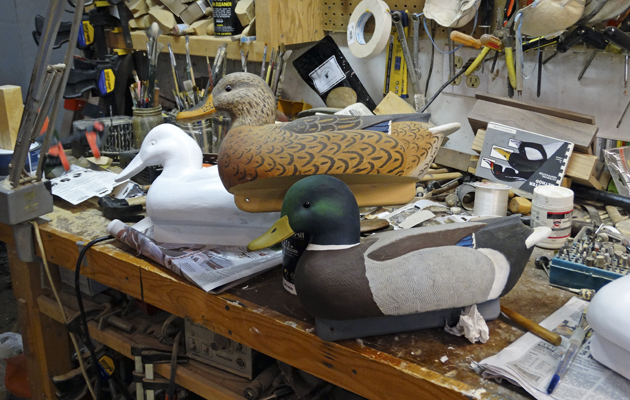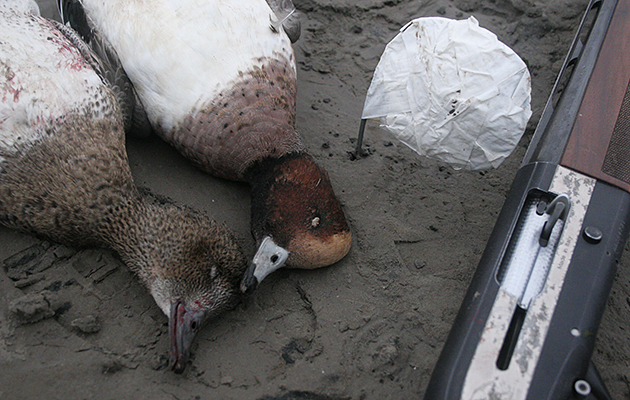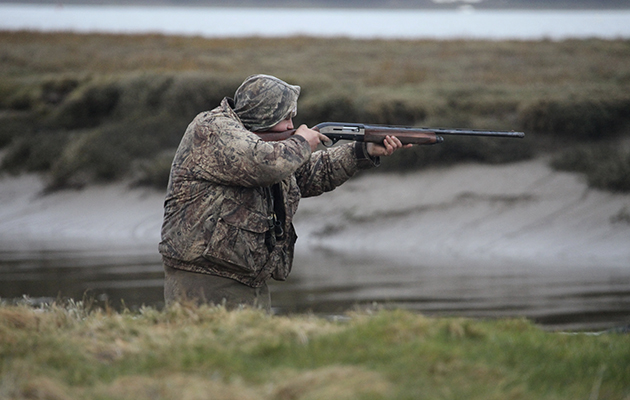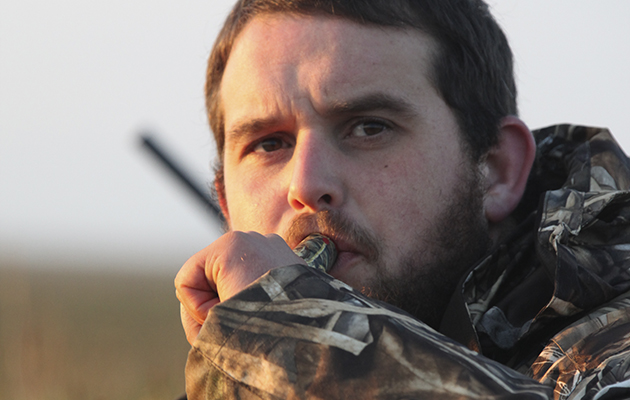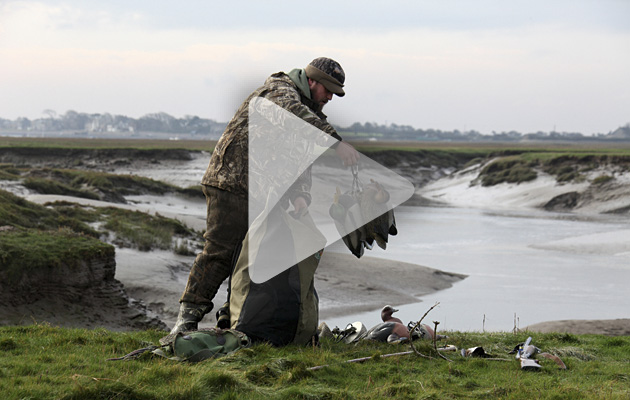Duck Calling
In this video I’m concentrating on duck calling. I believe calling can make a difference to the bag if the skill is mastered. It isn’t very often that I head out on to the foreshore, or even a pond, without my trusty call around my neck. Despite often looking like Mr T, the variety of calls I carry hold individual purpose for a variety of situations and species. We will go straight into the basics, and some advanced, skills needed when calling ducks before we look more in depth at goose calls in the next video.
Beginners
So if you haven’t done it before, where do you begin? The number one rule when it comes to calling is practice. Over the years I have annoyed many family and friends with my relentless pursuit of perfection.
I recommend practicing alone, with one of the most common places people practice being in the car. The second rule is pick a good call; I would recommend beginners, or in fact advance callers, use the Haydels DR-85, which can be picked up from www.whistlingwings.co.uk for less than £25. This is a versatile low-budget double reed mallard call, which produces plenty of noise and realistic duck sounds.
Call placement
Practice may be one thing, but you need to know the techniques required to make the right sounds. Calls are like a musical instrument, varied air pressure, back pressure and how the call is held and placed on the lips can all change the sound. The first thing to master is how to hold the call and where to place it on the lips. Put the exhaust of the call in between the thumb and index finger. Gently grip it and cup the rest of the fingers round to help create back pressure. The cupped fingers will later act like the duck’s bill, opening and closing to create a natural sound. Lift the call up to the lips, placing the call on the bottom lip and push the top lip against the mouth piece as you would if drinking from a bottle. It’s important to get the position right as it can impair the air flow when you begin to blow.
Pressure
Now the call is held correctly it’s a case of blowing pressured air through the reed to get that realistic duck quack. Getting the air pressure right is one of the key components to calling. It is one of the most difficult parts to master and is often the stumbling block for most people trying to achieve the perfect duck sound. There are many different reference words that people use to help; duck commander Phil Robertons says “Ten” or “Tin”, depending on the accent, other common words are “Whick” or “Quit”. All the reference words do is give you an idea of what the tongue should do throughout the note.
A basic breakdown of this is to start» to build pressure with the tongue at the roof of the mouth, lower the tongue, allowing pressured air to escape from the diaphragm and lift the tongue back up to produce a crisp finish to the note. The combination of tongue movement, diaphragm and throat control produces the right pressure, it is often a case of trial and error for most people to get the combination right. Once you achieve it, keep practising – we all started off sounding like an asthmatic duck!
Varied tones of a quack
Once the basic quack sound is mastered, take the time to vary the tone by experimenting with different air pressures, add some throaty growls to help make a variety of duck sounds. This can help the call sound like more than one duck.
Feed chatter
The feed chatter is one of the easier calls to master. I use this on ducks that are approaching the decoys but still need a little encouragement. It can be a great call to do on flight ponds as it’s subtle but helps give approaching ducks confidence to commit to land. There are numerous variations of a feed chatter, but the basic technique is to keep the pressure and do a short “Tick Tick” call. I build these up to make a rolling call using the fingers at the exhaust to change the tone. I often add the odd “Ticka Ticka” in to mix up the call, as well as the a few single quacks to replicate ducks’ happy feeding.
Putting it all together
Putting all these sounds together and into practice is down to the shooter. All situations are different, there are no hard and fast rules to what works and what doesn’t. The final skill is an ongoing learning curve; read the ducks, the situation and applying the call correctly which can include not calling!

